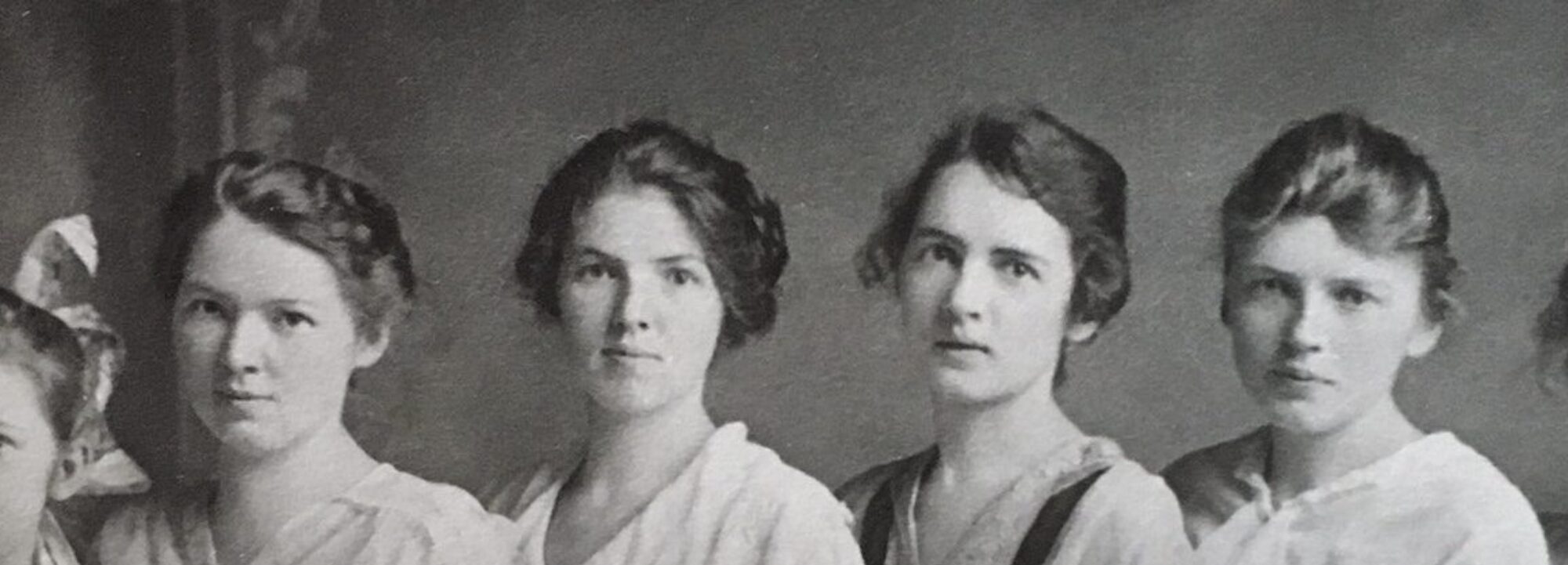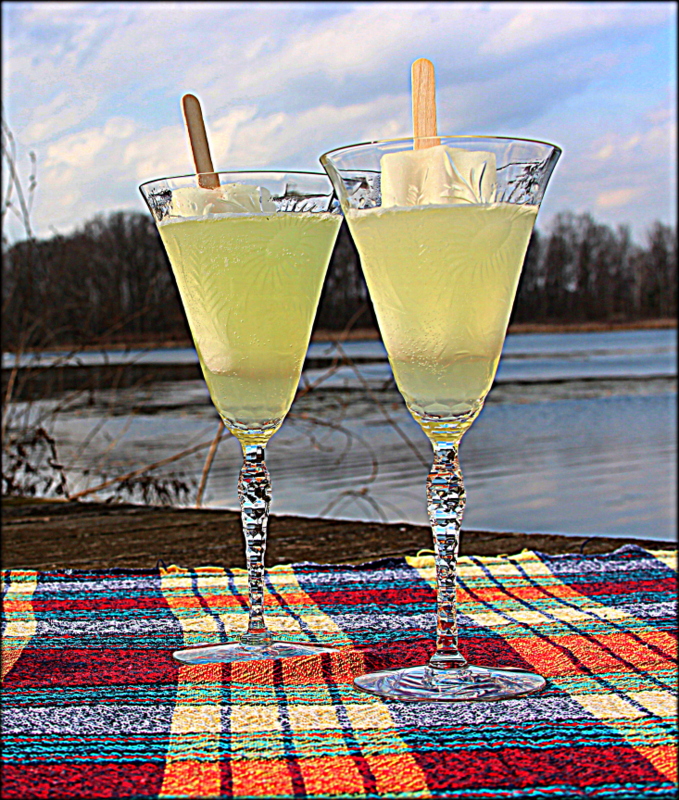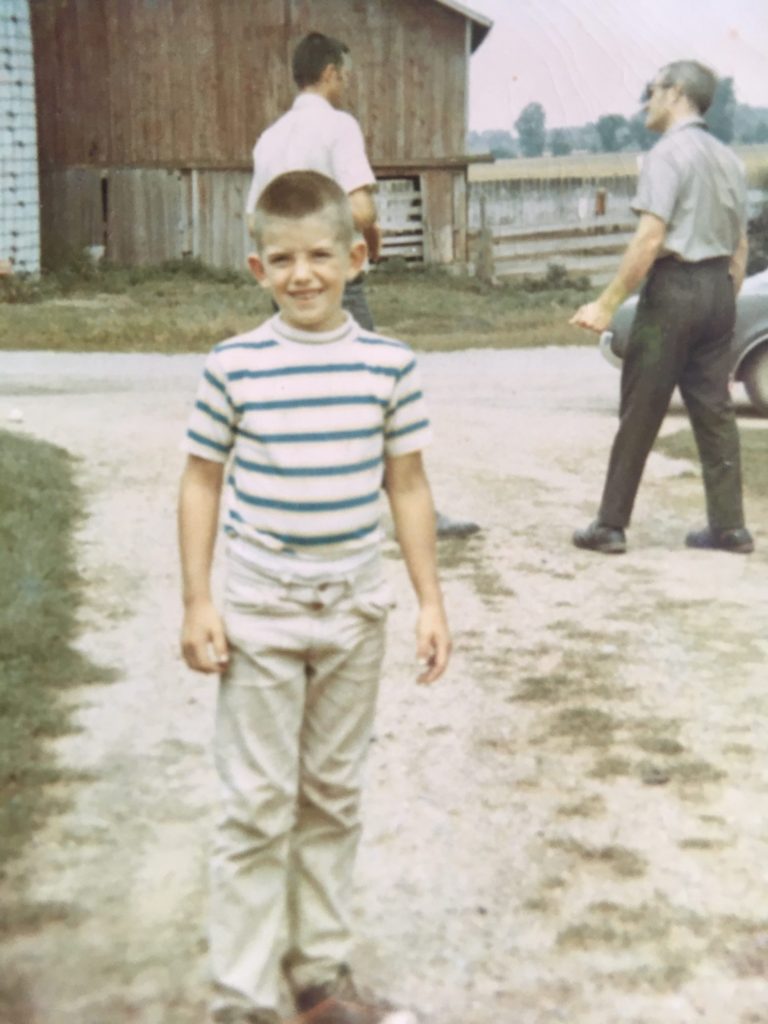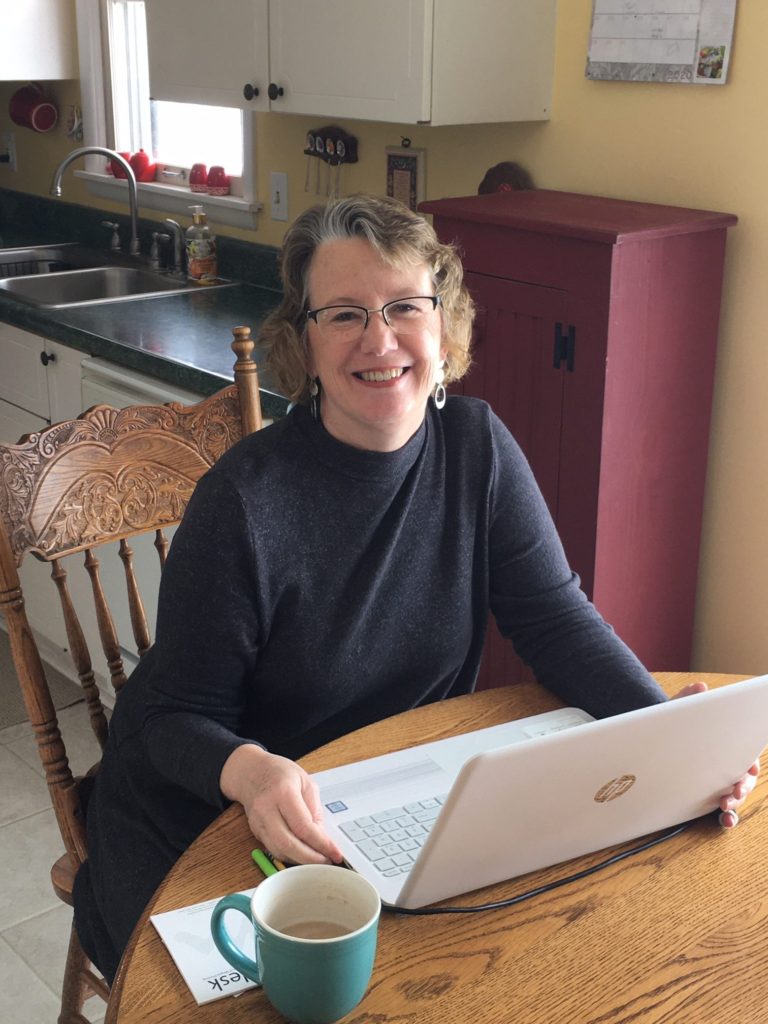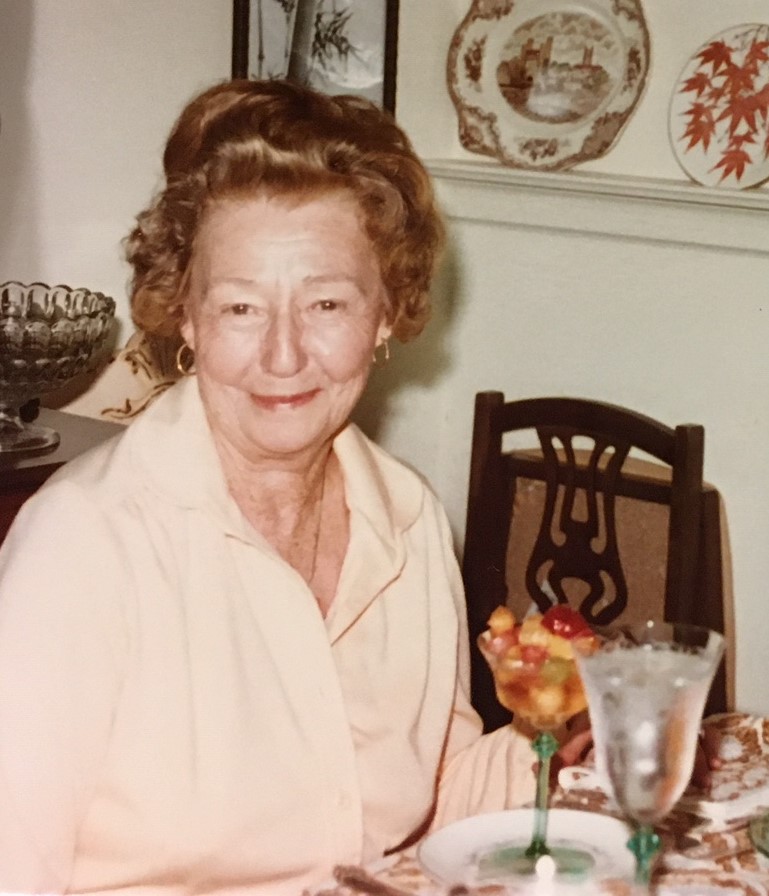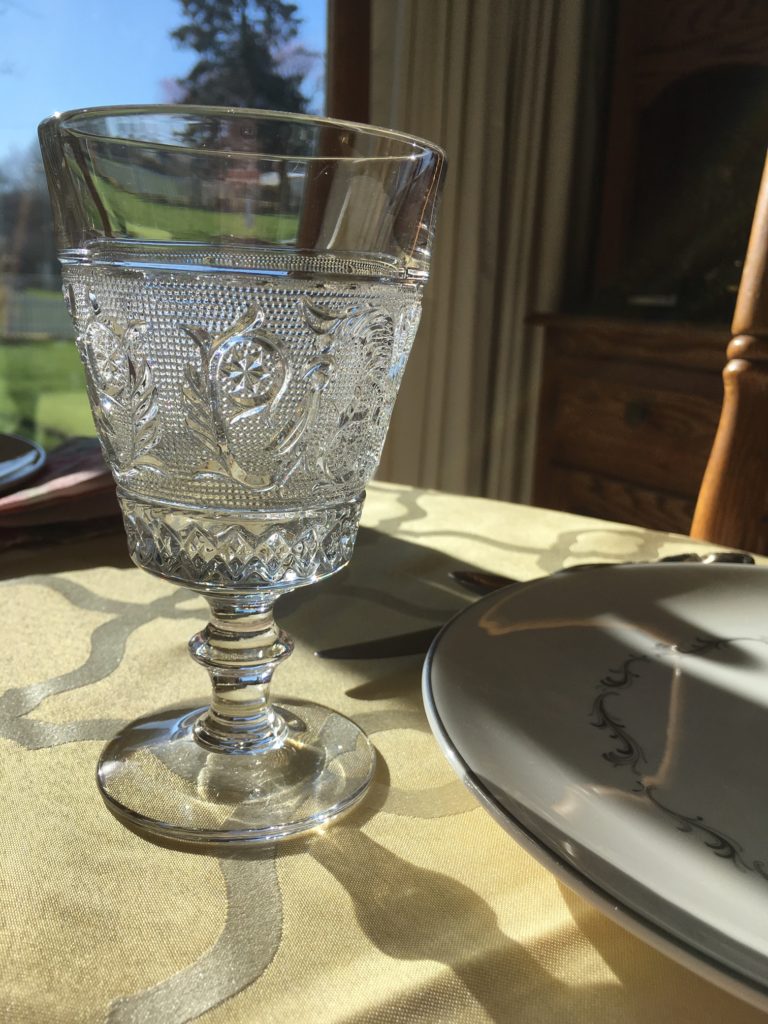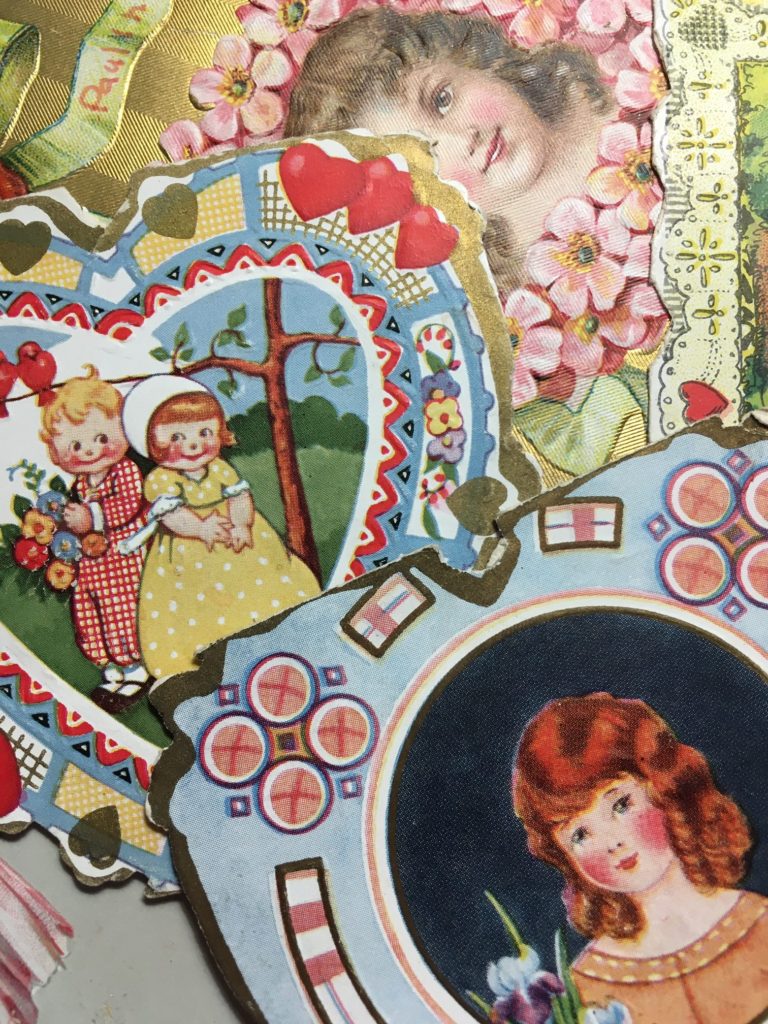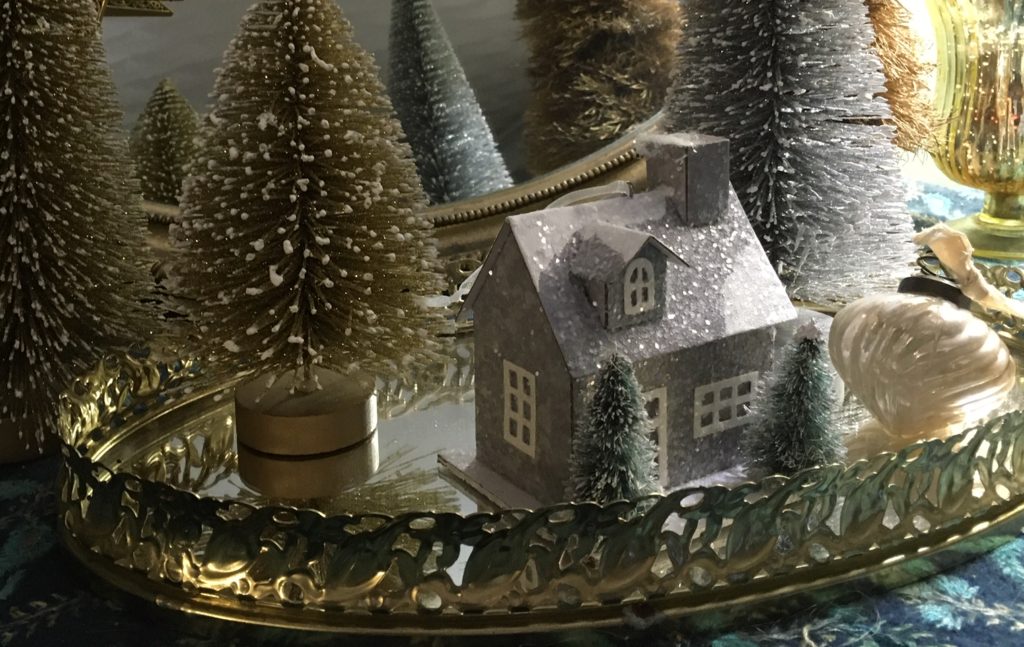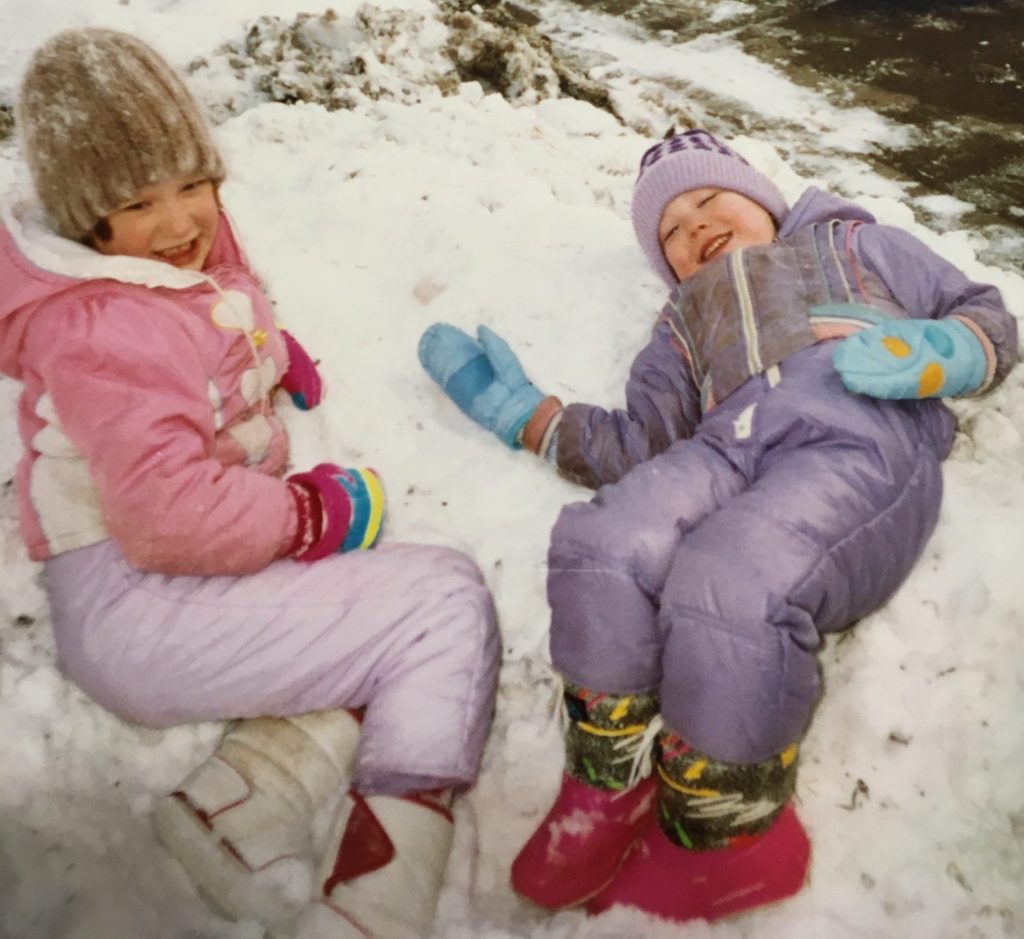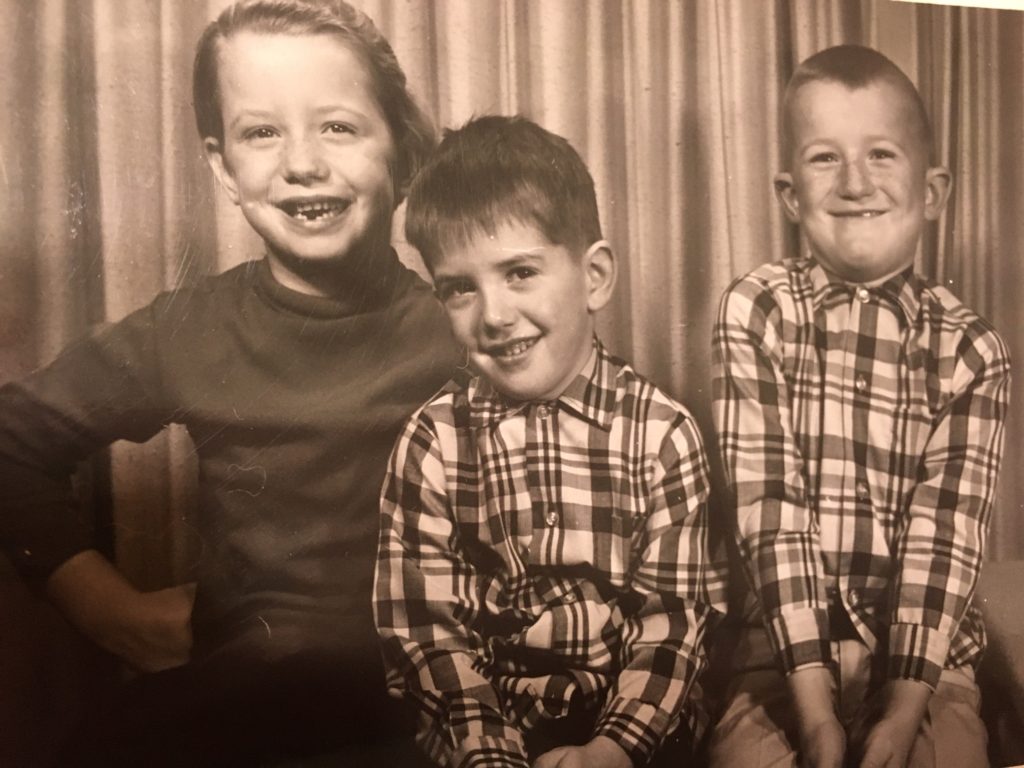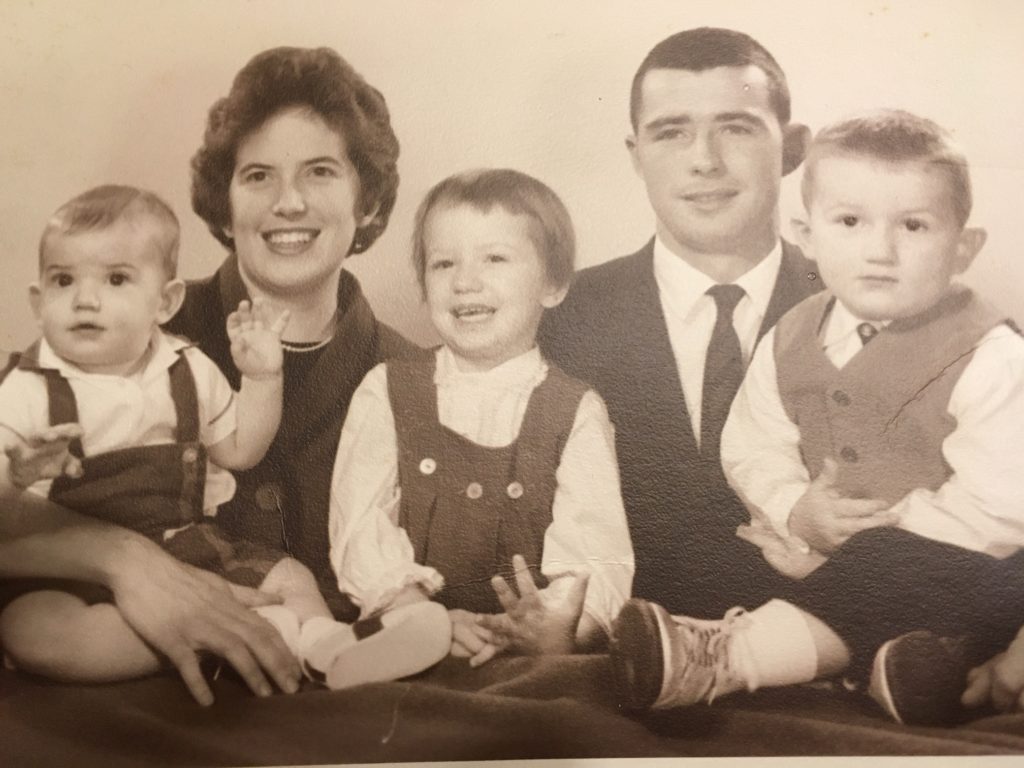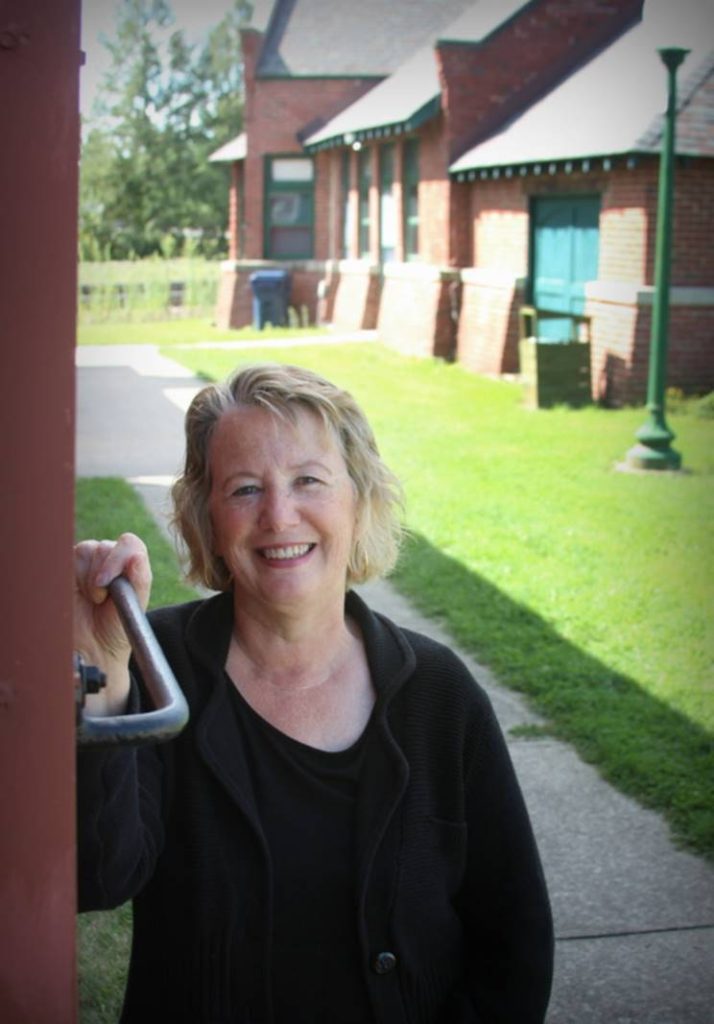Although our annual Halloween traditions were different, we farm kids enjoyed trick-or-treating as much as our town friends who canvassed village streets until their bags overflowed. Our rural “neighborhood” was wide with houses often a mile apart. After our supper, Mom and Dad drove us to three or four houses where we knew exactly what would happen.

The first stop: Merritt and Lorraine Harper’s farm. Lorraine, despite her diminutive size, demanded confidence and some type of trick for our treat. Lorraine found cartwheels, somersaults, or singing acceptable. Once she was satisfied with our performances, she and Merritt served us homemade cider (made with apples from their orchards) and donuts. Next stop: Maybelle and Harold Harper’s tidy brick ranch. Dear Maybelle always commented on each costume and documented the visit with a picture and a full-size Hersey bar.
Besides our class parties filled with costumes, treats, and games, we often attended a hayride. During one memorable gathering, Esther Frisbie, in full witch regalia, cackled her way out of the woods, sat around a fire, and told scary stories. We were mesmerized by her acting ability, as this was so contrary to Esther’s cheerful, loving nature. One year we went into town to a Halloween parade at the Old El. We were so confident our costumes would sweep the costume contest, but we were quickly humbled by the creativity on display.
Our own kids loved the anticipation of Halloween, and it was the one time of the year I finished a sewing project. Once the days cooled, our daughters planned their costumes, prompting a trip to look at patterns, determining if this novice could figure out the project. As with any task, a firm deadline assures completion of the job, and the elementary Halloween parade was the motivating force.
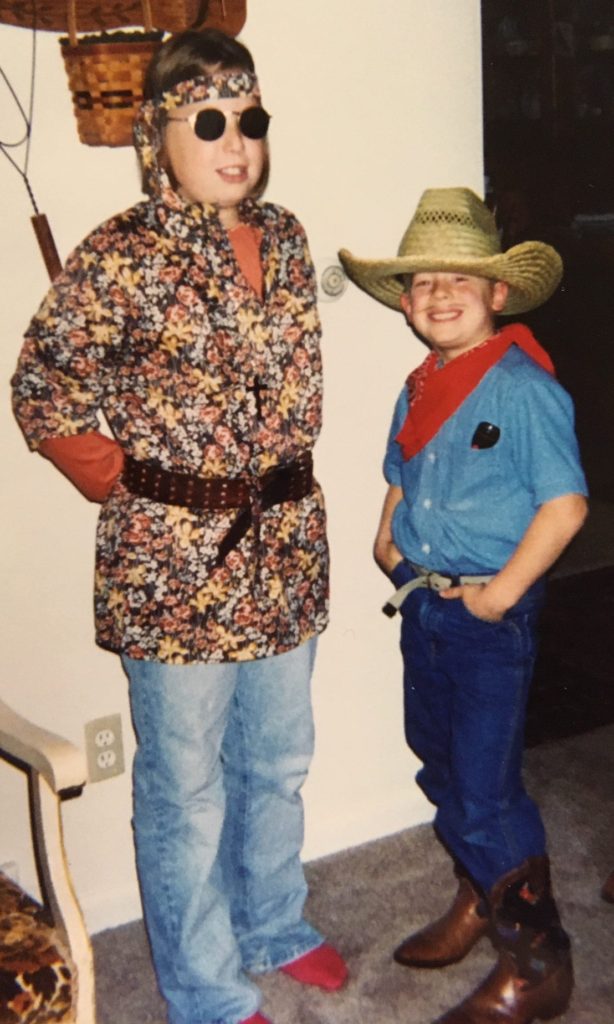
During these years, Dennis accompanied the kids around our neighborhood while I stayed home, passing out treats. Once the kids returned home, they emptied their bags and the bartering began: M&Ms for Snickers; five Smarties for a Tootsie Pop; Sweet tarts for licorice. They practiced and perfected their sales skills.
Many families celebrate Halloween differently today. The past few years we have had a dozen or so costumed, front porch visitors, down from over a hundred. Trunk-or-Treat events are popular as are the better-lit, bigger-house neighborhoods. Here streetlights guide the way; it’s easier to walk on sidewalks; and the potential exists for more treats.
I do understand it.
But I miss the days when our house filled with family, our home and neighborhood the destination of my rural nieces and nephews. I miss the row of pumpkins, carefully carved by our three children, glowing on the front porch, a welcoming signal to the little ghosts and witches set loose nearby.
It’s a good year to start some new traditions. Perhaps a nice dinner and viewing of “Hocus-Pocus”? Maybe participate in a community activity for our youth? But most likely (COVID permitting) we will document our few little visitors with a polaroid picture, demand a trick, and distribute a full-size Hersey bar.
It’s a Fine Life.
